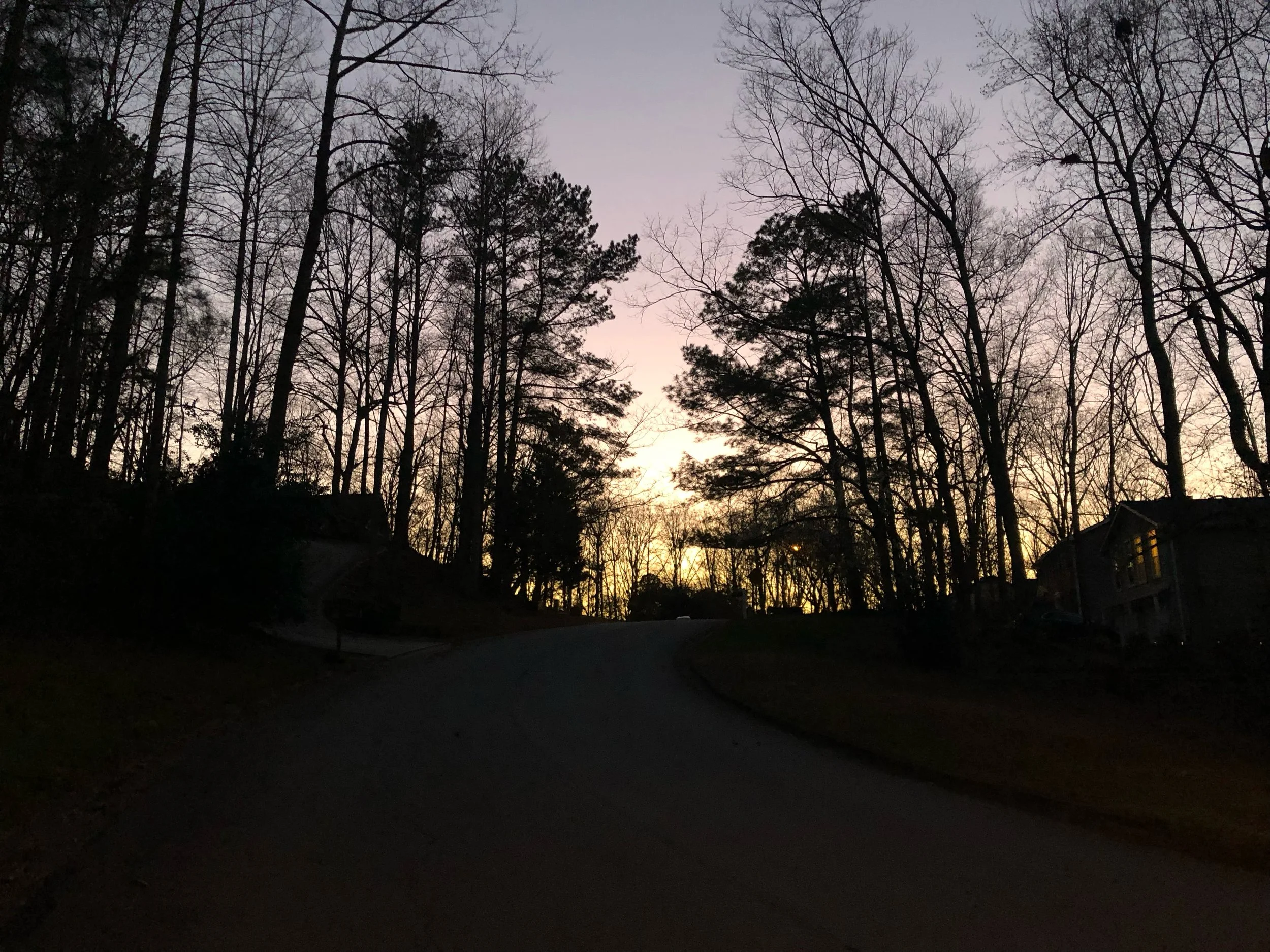Grow slow
How do you learn everyone’s names? (Image by Delyth Williams)
In a mastermind the other day, one of my colleagues was attempting to figure out why I have so few followers on LinkedIn.
“How long have you been posting? Hmmm...well, maybe it’s because...” I could see him trying to figure out something encouraging to say, or some way to explain it.
I can explain it. For the better part of twenty years, my work associates were children — hundreds of them. At this point, some of them are old enough to have LinkedIn profiles and have connected with me there, but the vast majority are not looking for their elementary school music teacher.
Compounding the problem is the fact that I essentially changed careers about four years ago. My professional identity is different from the one they knew — and the one their parents knew.
Meanwhile, most of the adults I have had professional relationships with are other musicians, artists, and teachers. Most of us don’t bother with LinkedIn because none of us are there.
So why am I bothering with LinkedIn now? Well, did you read the part when I said most of my work associates have been children? I’m excited to finally be out of the classroom and spend my days interacting with other adults, whether online or in person.
Since most of my clients have been referrals from my network, it makes sense to systematically strengthen and expand my network. So far, so good.
But what of my supposedly small number of followers? Well, there are three ways to pick up followers.
The first is to create content that is so compelling that you organically attract them.
The second is to go out and follow people yourself, hoping that they will reciprocate.
The third is to build relationships with people that naturally lead to mutually following each other.
I bet you can guess which one I’m going for.
The first approach would be nice, but I have no control over whether it happens.
The second is the one I’d be doing if boosting my follower count were my top priority.
But the third matches my reason for being on LinkedIn in the first place, so that’s the one.
LinkedIn is a platform where your number of followers conveys a certain status. There seems to be an assumption that if you have fewer followers, you have less career capital.
But if you pay attention, you might notice that it’s entirely possible for someone with 10,000 followers to have no comments on one of their posts, whereas someone with 500 followers can have upwards of 50.
How does that happen? Well, a person might have no comments because the content is boring (in which case you have clear evidence that the person went through door number two in their LinkedIn growth strategy).
And it likely means that that person doesn’t have much of a relationship with her followers. They see her name and keep on scrolling.
To me, that defeats the entire purpose. I want to connect with actual humans who are interested in what I have to say (just as I, in turn, am interested in what they have to say). Otherwise, how can we amplify each other’s ideas? How can we help each other to connect with new opportunities?
There are only so many people I can connect with in a meaningful way in a given week. That’s why I don’t want to grow too quickly. I don’t want the list of people I’m following to be a bunch of random names, and I don’t want to be on someone else’s list of random names.
To me, slow growth best fits my goals for LinkedIn. And a lot of other aspects of my life.
A new baby was born recently in my family. I now have ten nieces and nephews, not counting the children of cousins and close friends to whom I am also “Aunt Casey.” That is so many people!
To have them all in the same room would be chaotic. To have them all born in the same year would have been impossible to handle.
No, it’s been very nice to have things unfold slowly, year by year since 2006, bonding with each child in turn.
So it is with my creative projects. So it is with my clients. And so it is with my network.
Yeah, I’m making up for lost time. But that doesn’t mean I’m a rush. I’m good to grow slow.
What about you?





